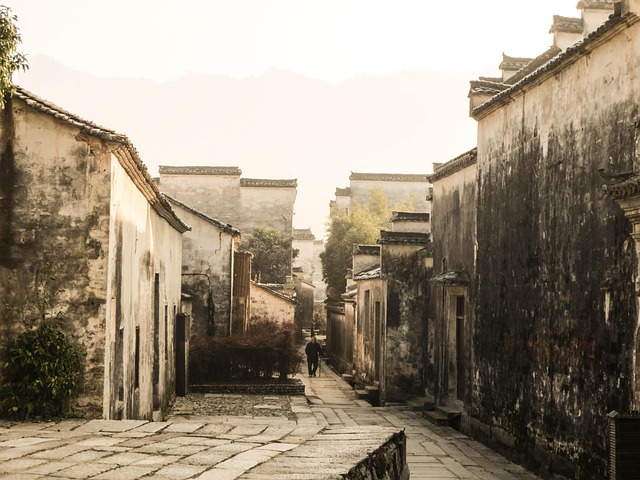Historic American towns reveal rich Native American influences in architecture, place names, and traditions. Preserving authentic real estate features and cultural heritage attracts visitors, boosts local economies, and honors indigenous history. Integrating Native design principles into modern developments creates culturally rich towns, benefiting businesses offering immersive experiences. Indigenous heritage drives local economies through tourism, supporting entrepreneurs marketing global goods while preserving culture for sustainable tourism.
“Explore the captivating journey of historic towns embodying Native heritage, where rich cultural pasts intertwine with modern development. This article delves into three key aspects: uncovering subtle yet powerful Native American influences in architecture and town planning, examining the role of authentic cultural preservation in real estate, and understanding how indigenous heritage drives local economies. Discover how these communities embrace their history, shaping both their present and future.”
Uncovering Native American Influences in Historic Towns

In many historic towns across America, a deeper dig into their past reveals rich Native American influences that continue to shape their present and future. These cultural remnants are often found in architecture, place names, and even local traditions passed down through generations. Uncovering these hidden gems is like piecing together a historical puzzle, offering valuable insights into the diverse heritage of these communities.
Real Estate in particular can be a powerful lens for exploring this topic. Many historic Native American settlements have unique building styles, traditional materials, and spatial arrangements that are still evident in today’s neighborhoods. Additionally, place names derived from indigenous languages provide a direct link to their ancestral roots. By recognizing and preserving these influences, these towns not only honor their Native American past but also attract visitors interested in authentic cultural experiences, boosting their local economies.
Authentic Architecture and Cultural Preservation in Real Estate

In the realm of real estate, authentic architecture and cultural preservation are game-changers. Historic towns reflecting Native heritage offer a unique opportunity to immerse oneself in the past while living in the present. These communities often boast well-preserved indigenous design elements that not only enhance the aesthetic appeal but also serve as powerful cultural connectors. When purchasing or developing property in such areas, it’s crucial to prioritize and protect these architectural traits, ensuring they remain intact for future generations to appreciate and learn from.
The integration of Native design principles into modern real estate can be a sustainable and meaningful approach. It encourages developers and homeowners to embrace the local cultural heritage, fostering a deeper sense of community and belonging. By preserving authentic architecture, these towns not only maintain their historical integrity but also become vibrant centers that attract visitors interested in exploring diverse cultural landscapes, ultimately boosting local economies through tourism and cultural exchange.
The Role of Indigenous Heritage in Shaping Local Economies

Indigenous heritage is a powerful force in shaping local economies, particularly in historic towns. The preservation and celebration of Native cultures attract tourists interested in authentic experiences, contributing significantly to the real estate market. Visitors are drawn to the unique architecture, traditional crafts, and cultural events that highlight the area’s rich history and diverse traditions. This influx of visitors not only benefits established businesses but also stimulates the growth of new enterprises focused on providing culturally immersive experiences.
Additionally, the revival of Indigenous practices in agriculture, art, and craftsmanship creates opportunities for local entrepreneurs to market their goods and services both locally and internationally. This economic empowerment helps communities preserve their heritage while fostering self-sufficiency. As a result, historic towns with strong Native roots find themselves at the forefront of sustainable tourism and cultural preservation, driving economic vitality through the very essence of their Indigenous identity.






